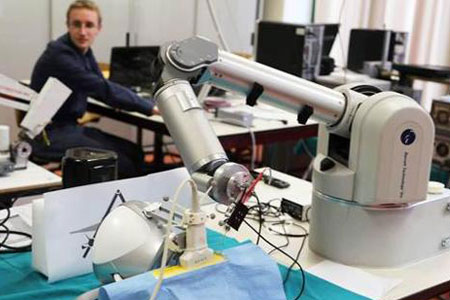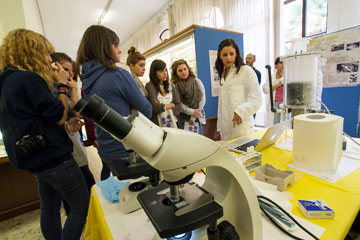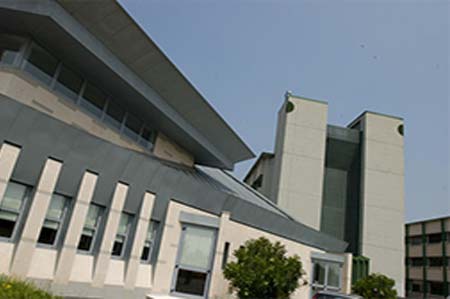Course partially running
Lesson timetable
Learning outcomes
The class, taught in English, presents the main techniques for problem solving, based on the central paradigm of symbolic representation. The objective is to provide the students with the ability to design, apply and evaluate algorithms for difficult problems, meaning that their mechanical solution captures aspects of artificial intelligence, or, at least, computational rationality, as in constraint problem solving, theorem proving, planning, game playing.
Syllabus
Methods of artificial intelligence: problem solving as search in a state space; un-informed search procedures; informed search procedures and heuristic search. Constraint problem solving. Adversarial problems: game playing (optional). Knowledge representation: use of propositional logic and first-order logic; clause normal form; equality. Automated reasoning in propositional logic: algorithms for satisfiability (SAT). Automated reasoning in first-order logic: forward and backward reasoning; resolution; rewriting (optional). Planning.
Reference books
| Author |
Title |
Publisher |
Year |
ISBN |
Note |
| Elaine Rich, Kevin Knight |
Artificial Intelligence
(Edizione 2)
|
McGraw Hill |
1991
|
0070522634 |
Testo supplementare |
| Stuart Russell, Peter Norvig |
Artificial Intelligence: A Modern Approach
(Edizione 2)
|
Prentice Hall |
2003
|
0137903952 |
Testo adottato |
| David Poole, Alan Mackworth, Randy Goebel |
Computational Intelligence -- A logical approach
(Edizione 1)
|
Oxford University Press |
1998
|
0195102703 |
Testo supplementare |
| Klaus Truemper |
Design of Logic-based Intelligent Systems
(Edizione 1)
|
John Wiley and Sons |
2004
|
0471484032 |
Testo supplementare |
| Judea Pearl |
Heuristics: Intelligent search strategies for computer problem solving
(Edizione 1)
|
Addison Wesley |
1985
|
0-201-0559 |
Testo supplementare |
Assessment methods and criteria
Partial-tests mode:
it applies only to the first exam session after the end of the class, that is to the December session, since the class is offered in the Fall. The exam consists of a written test (C) and an individual programming project (P) to be developed at home or in the lab during the term; the final grade is given by: 50% C + 50% P; after the December session, partial tests have no value.
Single-test mode:
the exam consists of a single written test (E), whose difficulty is such to match that of C + P, and whose grade alone determines the final grade. This mode applies to all sessions.
Notes: written test C (partial test) is administered on the same date, time and place as test E of the December session (of course, contents and duration of C and E will be different).
Registration: for each session, the date of the exam is the date of the written test E, and it is sufficient to register for that date. All grades will be registered. Students dissatisfied with their performance may withdrawby not handing-in either E or C.
Rules: it is strictly forbidden to copy, exchange or share code or keys to the questions. All coursework showing signs of cheating will receive grade 0 with no distinction between those who copy and those who let copy.







